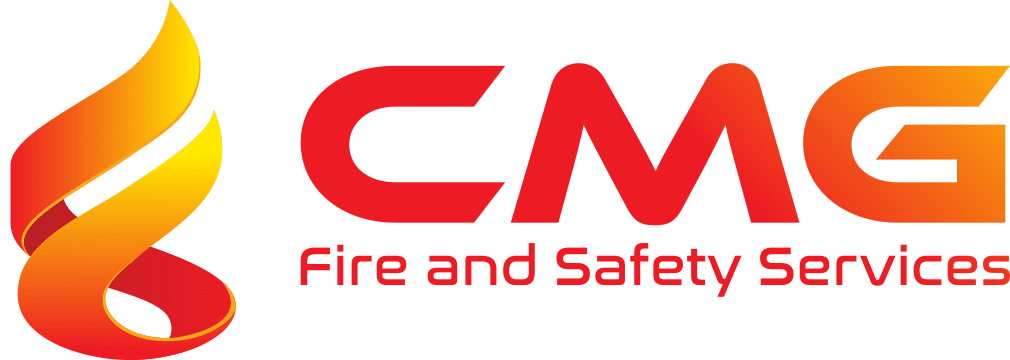Sprinker Block Plans

Compliance
Ensuring adherence to Australian Standards.
Safety
Enhancing on-site safety for building occupants.
Clarity
Providing clear, detailed emergency information.
Efficiency
Aiding quick response in emergencies.

What are sprinkler block plans?
Sprinkler block plans are detailed diagrams showing the fire sprinkler-protected areas, stop valves, operating instructions, and other relevant system information. Predominantly used by the fire brigade, these plans help establish isolation and alarm valve locations, hazard class, and protected areas of each sprinkler installation. Fire service companies also reference these plans to ensure the system complies with the required flow and pressure rates.
Who Needs a Sprinkler Block Plan

Frequently Asked Questions:
The cost of sprinkler block plans vary based on factors such as the size of the building, the number of plans required, and the finish you desire (e.g., PDF copy, Aluminium Composite). Contact us for a detailed quote tailored to your specific needs.
Several factors influence the cost, including:
Availability of a floor plan (DWG, PDF, Image, etc.)
Number of storeys in the building
Total number of plans required (Booster, Pump, Control room, etc.)
Desired finish (PDF copy, Aluminium Composite, etc.)
Availability of information or need for a site visit
Choose CMG Fire and Safety Services to ensure top-notch safety and compliance. Our plans are meticulously tailored to meet specific site requirements, supporting fire brigades with clear, accurate diagrams of firefighting systems. CMG stands out for its adherence to Australian Standards, providing reliable, high-quality documentation that enhances emergency response effectiveness and ensures regulatory compliance. Trust us to prioritise your safety with precision and professionalism.
According to AS2118.1, fire sprinkler block plans must include:
A layout of the protected buildings or open yards and nearby streets
The location of the following items including; pumps, storage tanks, isolation valves, test valves, booster assemblies
Town mains size and location
Main electrical switchboard, distribution boards, substations
Local fire station details
Location of replacement sprinklers
Highest sprinkler above alarm valve
Emergency operating instructions
Protected area hazard class and design density for that area
A symbol indicating where you are clearly marked with the correct building orientation
System specifications – flow/pressure rates, install/modification details
